Nationality Japanese Movies They Were Eleven Role Manga artist | Name Moto Hagio Area(s) Writer, manga artist, | |
 | ||
Born May 12, 1949Omuta, Fukuoka, Japan ( 1949-05-12 ) Notable works They Were ElevenPoe no Ichizoku Books Heart of Thomas, Four Shojo Stories Similar People Keiko Takemiya, Ryoko Yamagishi, Mitsuyo Kakuta, Tamaki Saito, Akimi Yoshida | ||
SF Artworks [Moto Hagio]
Moto Hagio (萩尾 望都, Hagio Moto) is a manga artist born on May 12, 1949 in Ōmuta, Fukuoka Prefecture, Japan. She lives in Saitama Prefecture. She is considered a "founding mother" of modern shōjo manga, especially shōnen-ai. She is also a member of the Year 24 Group. She has been described as "the most beloved shōjo manga artist of all time." In addition to being an "industry pioneer", her body of work "shows a maturity, depth and personal vision found only in the finest of creative artists".
Contents
- SF Artworks Moto Hagio
- A drunken dream and other stories by moto hagio video preview
- Publishing career
- Personal life
- Works
- Works in English
- Video game works
- Awards
- References
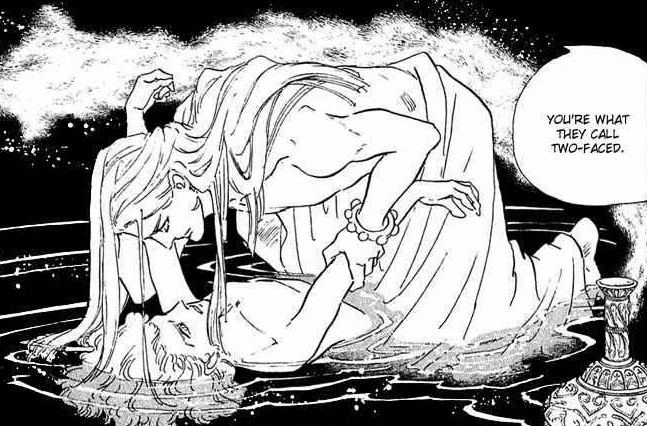
A drunken dream and other stories by moto hagio video preview
Publishing career
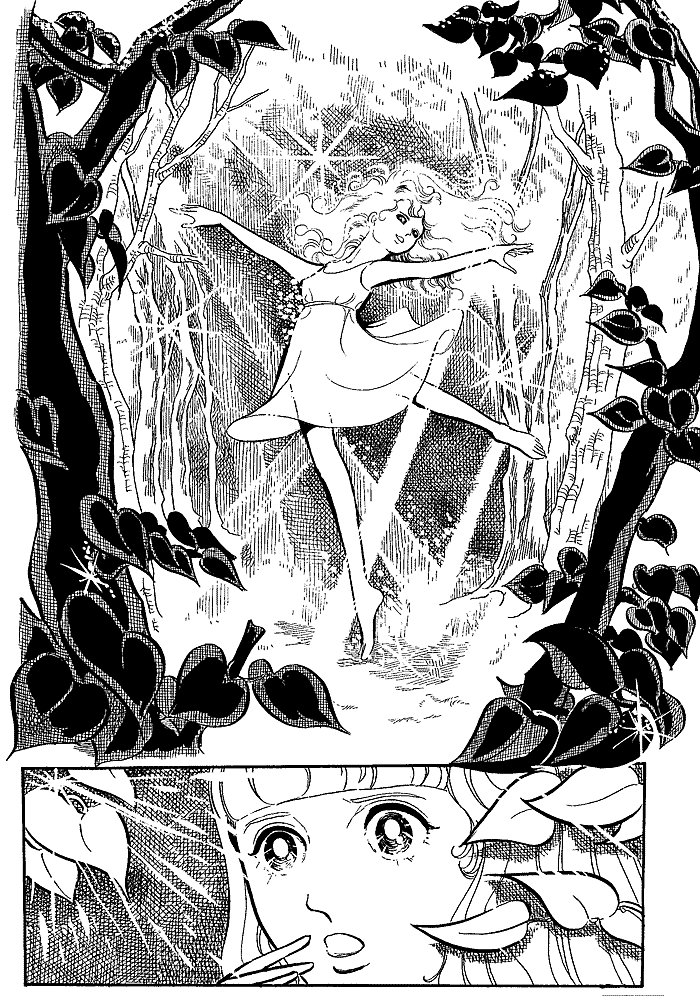
Moto Hagio made her professional debut in 1969 at the age of 20 with her short story "Lulu to Mimi" in Nakayoshi. Nakayoshi's publisher Kodansha wanted "bright and lively" works, and rival publisher Shogakukan sought her out. Keiko Takemiya introduced Hagio to Takemiya's editor, Junya Yamamoto, who accepted all of Hagio's works that Kodansha had rejected. When Hagio began drawing manga, she cut large sheets of "manga paper" to B4 size, and she still uses a G-Pen and a Maru-Pen. When she began drawing manga, she used India ink and a brush, but now uses Copic markers. Later, for Shogakukan Publishing, she produced a series of short stories for various magazines. Two years after her debut, she published Juichigatsu no Gimunajiumu 11月のギムナジウム (The November Gymnasium), a short story that dealt openly with love between two boys at a boarding school. The story was part of a larger movement by female manga artists at the time that pioneered shōnen-ai, a genre of girls' comics about love between young men. In 1974, Hagio developed this story into the longer Thomas no Shinzō (The Heart of Thomas). She was awarded the Shogakukan Manga Award in 1976 for her science fiction classic Juichinin Iru! (They Were Eleven) and her epic tale Poe no Ichizoku (The Poe Family). In the mid-1980s, Hagio wrote her first long work – Marginal. Prior to writing Iguana Girl in 1991, Hagio had not set her works in contemporary Japan. Moto Hagio had a role in the 2008 film Domomata no Shi (Death of Domomata). On June 11, 2009, a party was held in Moto Hagio's honor, "celebrating her 40th year as a professional manga artist". Approximately 200 people attended. In 2011, Joshibi University of Art and Design appointed Hagio as a guest professor.
Personal life

Hagio is a science fiction fan, and considers Isaac Asimov, Arthur C. Clarke and Robert Heinlein to have influenced her, and she has adapted several of Ray Bradbury's short stories from R is for Rocket into manga format.
Works

Works in English
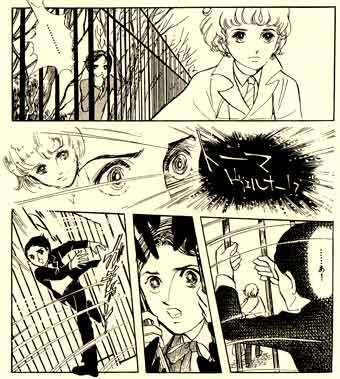
Few of her works appear in English, but here are some that do:
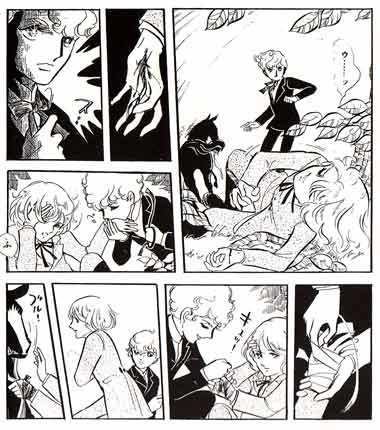
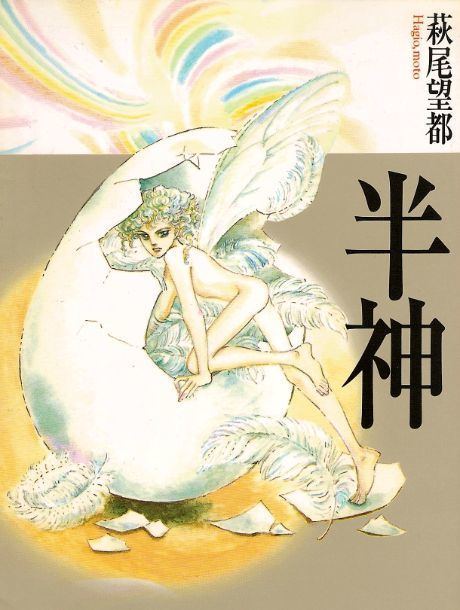
A, A' and They Were Eleven have science fiction settings, and both They Were Eleven and X+Y include transgender elements. The science fiction aspects in particular have led to Hagio's work appealing to manga readers who do not generally like shōjo manga.

A 2010 anthology, A Drunken Dream and Other Stories, collects the following stories:
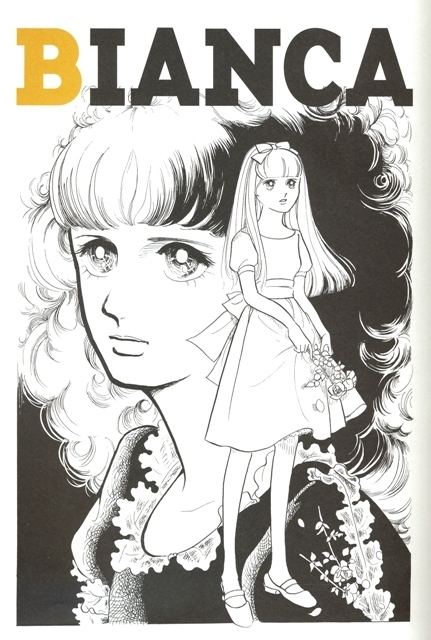
These were selected by translator Matt Thorn to be a representative sample of her whole career, with the input of a mixi fan club for Hagio.
Video game works
Moto Hagio did the character designs for Quintet's video game Illusion of Gaia.
